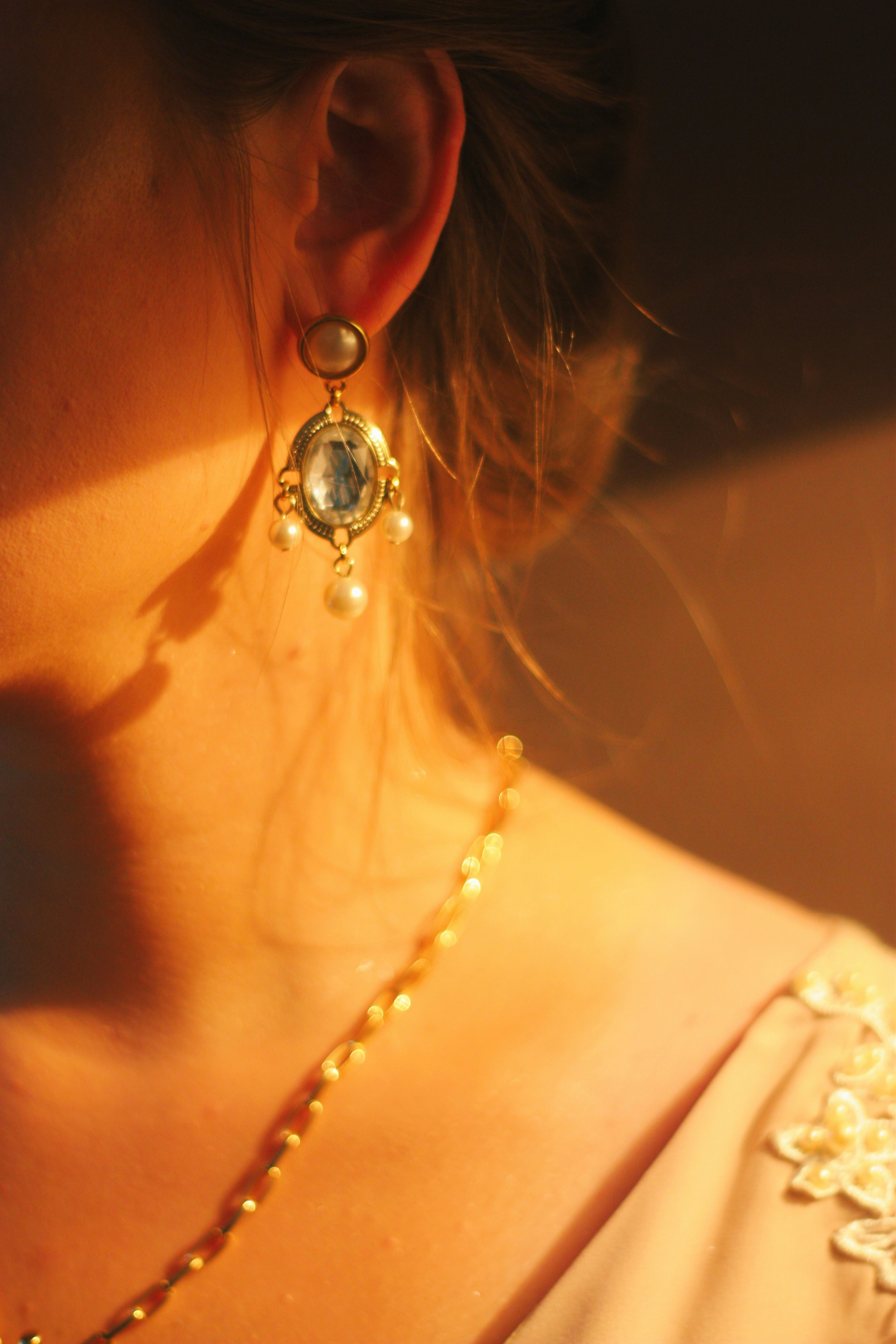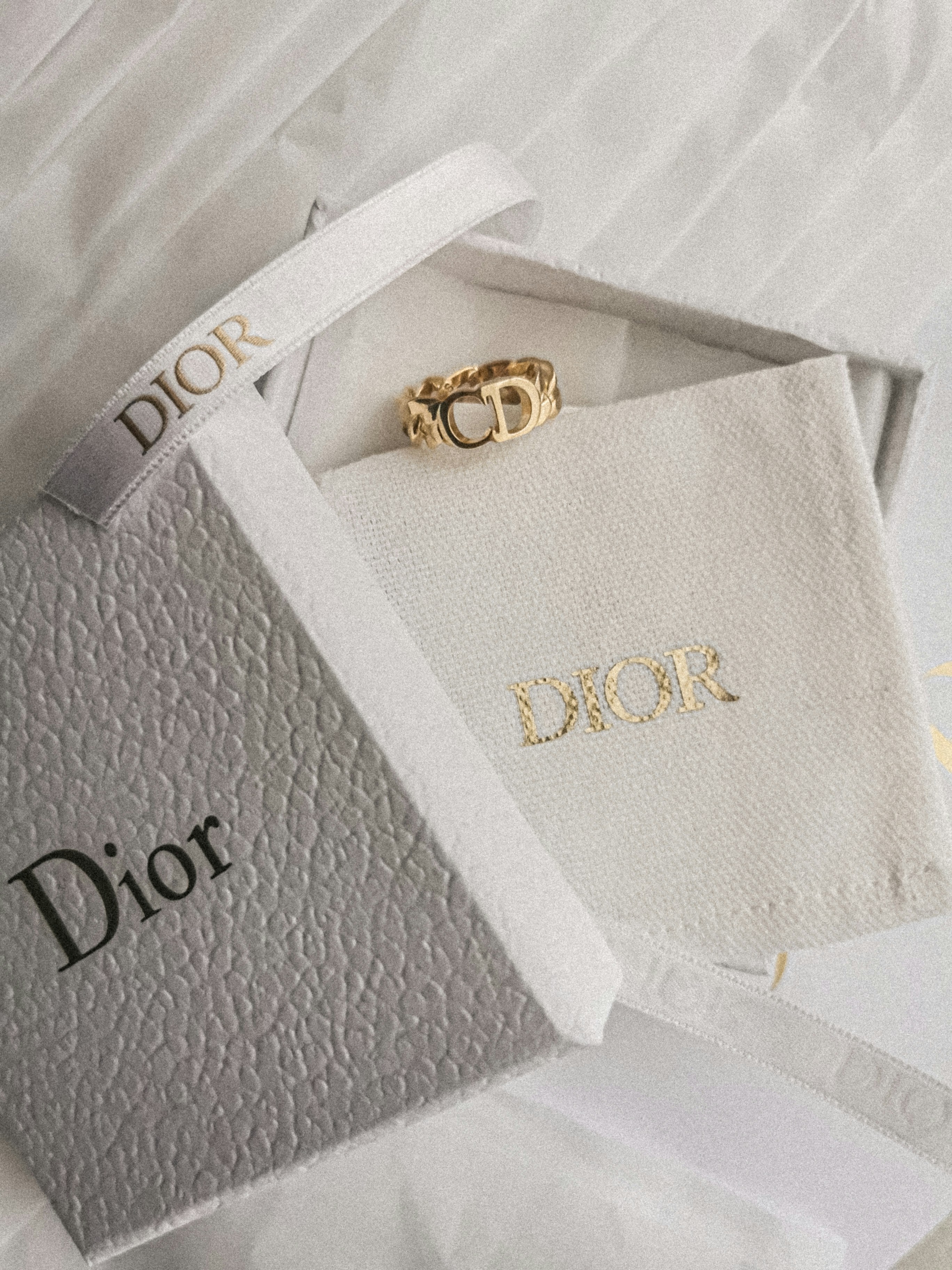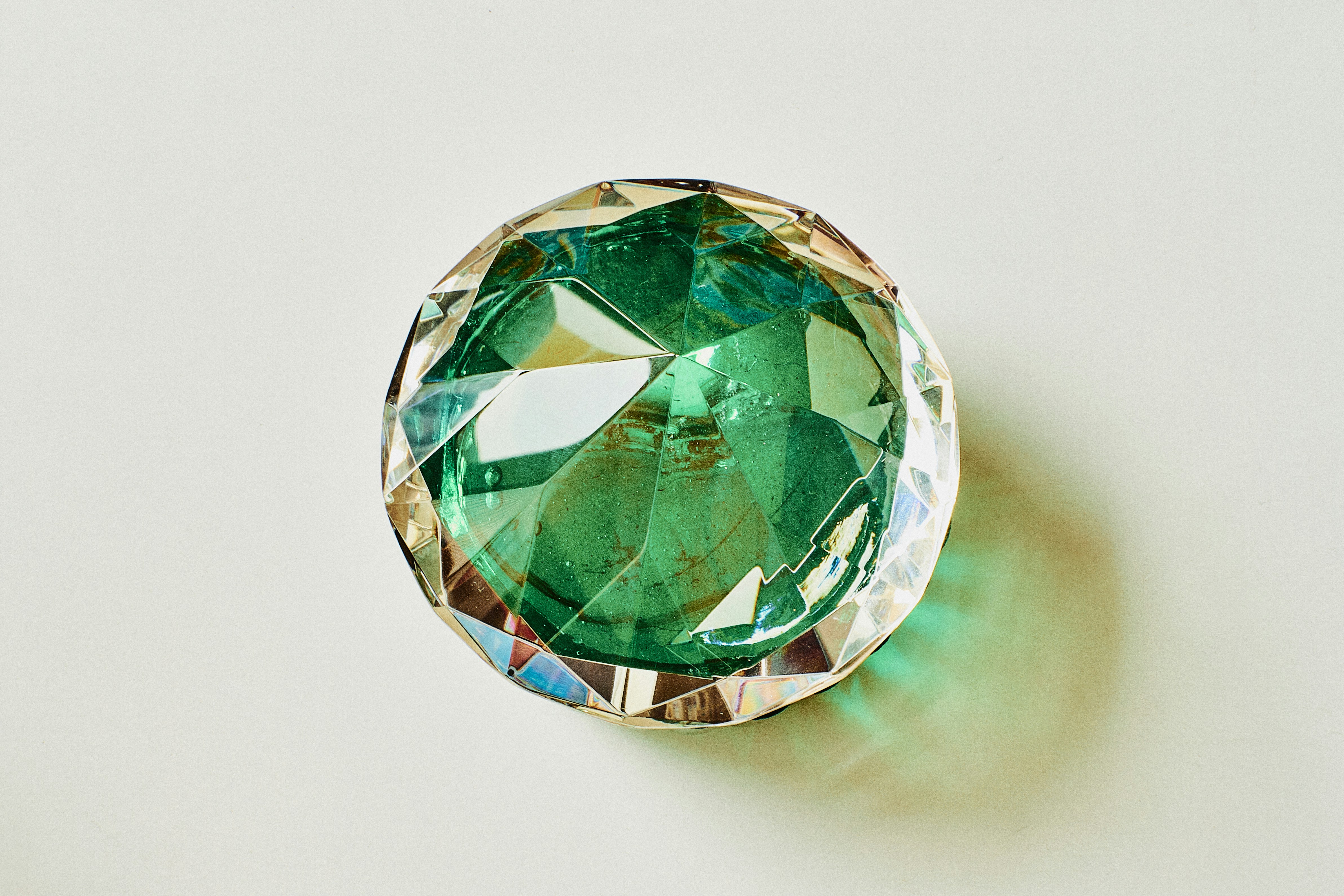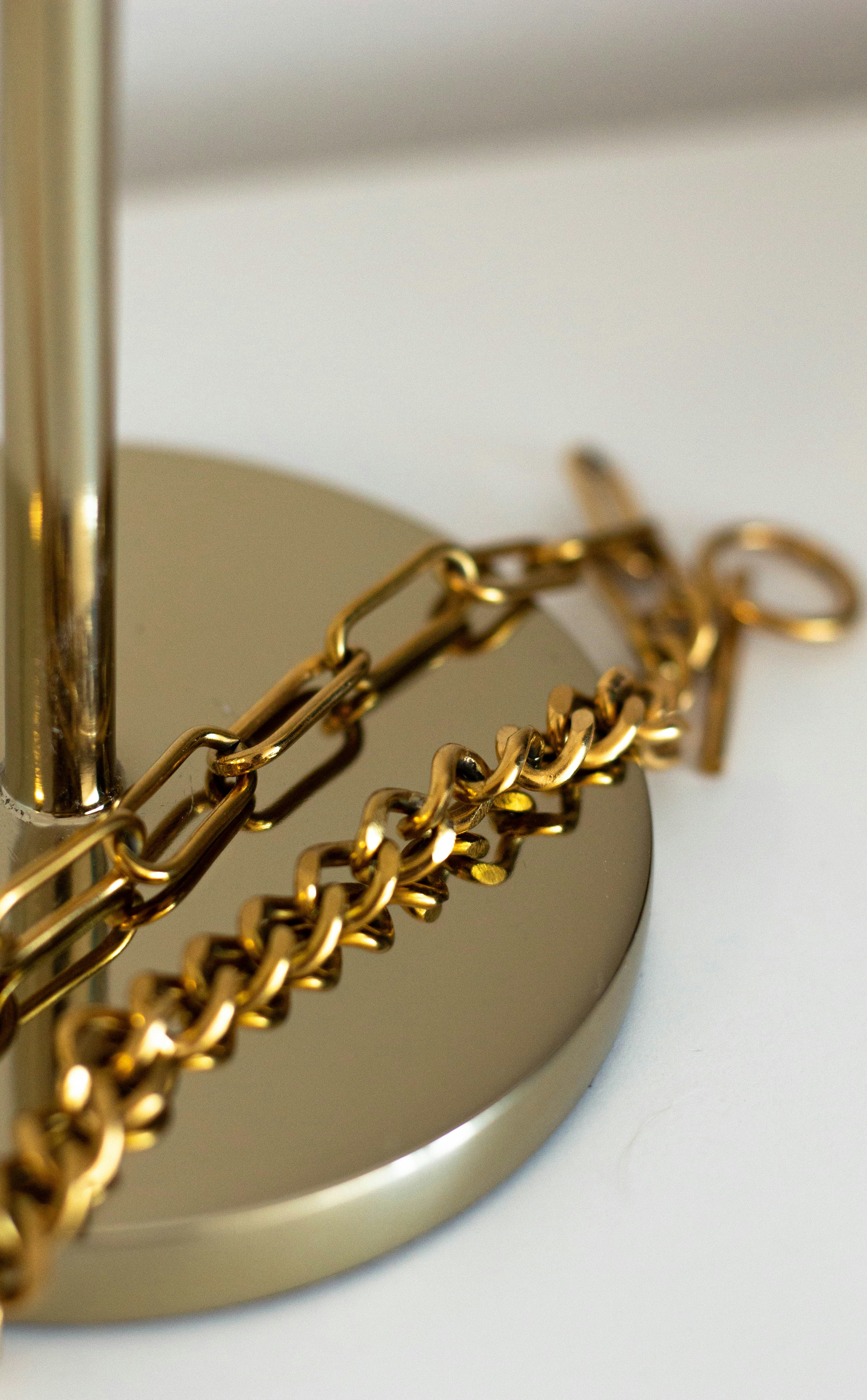1960s Jewelry Trends
Alexander Kellerson
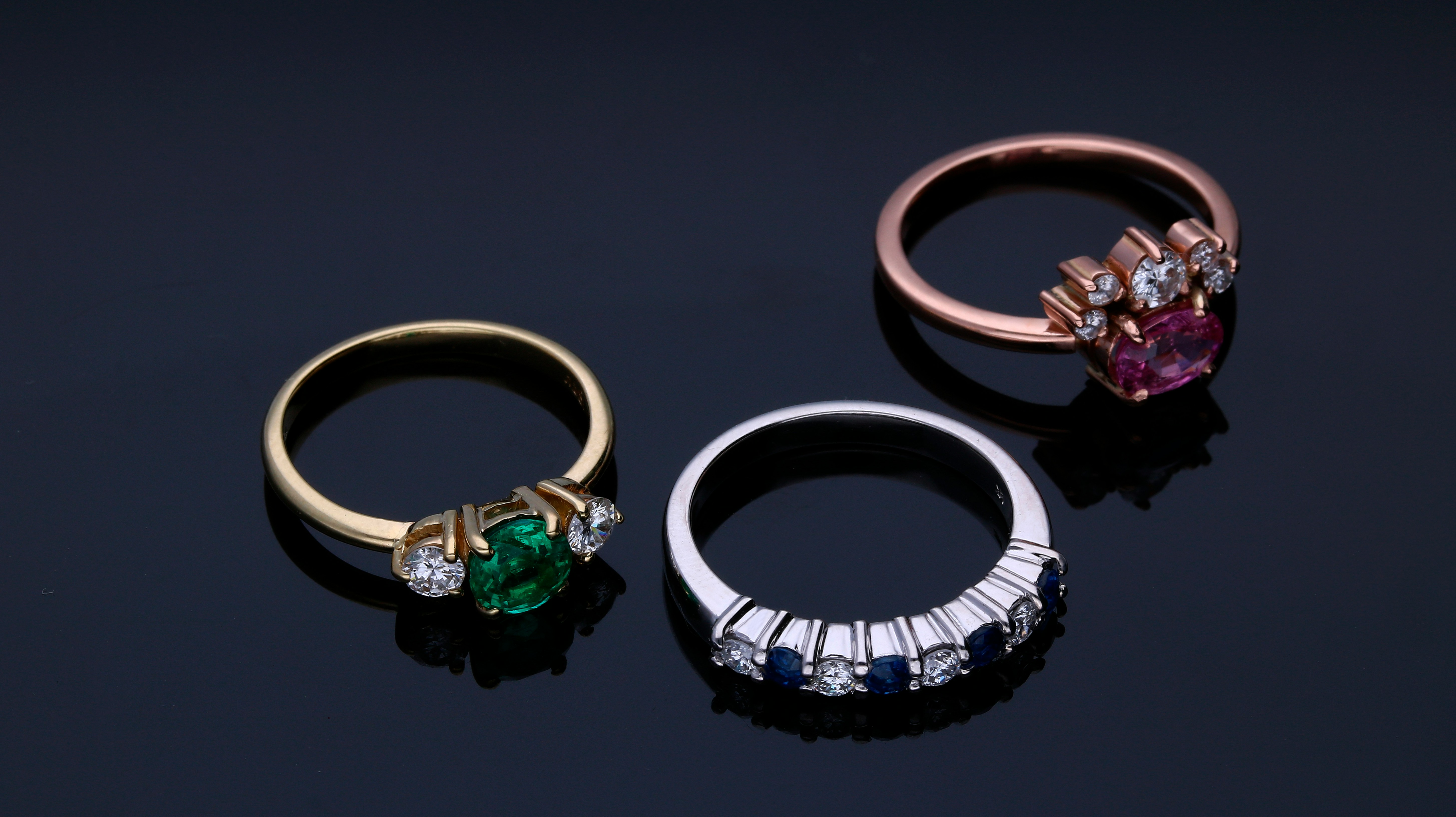
Introduction to 1960s Jewelry Trends
The 1960s was a decade of transformation, and jewelry trends were no exception. Marked by vibrant creativity and experimentation, the jewelry of this era reflected the broader cultural shifts of the time. From the bold designs inspired by the space race to the influence of the counterculture movement, 1960s jewelry was as diverse as it was innovative.
The Influence of Pop Culture on Jewelry
Pop culture had a profound impact on the jewelry trends of the 1960s. With the rise of iconic figures like Twiggy, The Beatles, and Audrey Hepburn, fashion and jewelry were heavily influenced by celebrity styles. The era's fascination with futurism, driven by the space race and technological advancements, led to jewelry designs that were modern, sleek, and ahead of their time.
Bold and Colorful Designs
Jewelry in the 1960s was characterized by its bold and colorful designs. Bright, eye-catching colors were in vogue, often achieved through the use of enamels and vibrant gemstones. The playful use of color and unconventional shapes made jewelry pieces from this era distinctive and memorable.
The Rise of Costume Jewelry
Costume jewelry saw a significant rise in popularity during the 1960s. This trend made fashion accessible to a broader audience, allowing people to experiment with different styles without the high cost of fine jewelry. Designers like Kenneth Jay Lane became famous for their elaborate and affordable costume jewelry pieces, which often mimicked the look of more expensive items.
The Popularity of Mod Jewelry
The mod movement, with its emphasis on youth and modernism, greatly influenced 1960s jewelry trends. Mod jewelry was characterized by its sleek, geometric designs and a minimalist aesthetic. Plastic and other synthetic materials were commonly used, making these pieces affordable and widely available. This trend complemented the clean lines and bold colors of mod fashion.
Iconic Designers and Brands
Several designers and brands rose to prominence in the 1960s, leaving a lasting impact on the world of jewelry. Notable names include Cartier, whose high jewelry pieces reflected the era's elegance, and David Webb, known for his bold, animal-themed designs. The influence of these designers is still felt today, as their vintage pieces remain highly sought after.
Materials and Techniques
The 1960s saw the use of a wide variety of materials in jewelry making. In addition to traditional metals and gemstones, designers experimented with plastics, enamels, and synthetic stones. Techniques such as electroforming and casting became popular, allowing for more intricate and varied designs. These innovations helped to democratize fashion, making stylish jewelry accessible to all.
Statement Pieces: Earrings, Necklaces, and Bracelets
Statement pieces were a hallmark of 1960s jewelry. Oversized earrings, chunky necklaces, and bold bracelets were all the rage. These pieces often featured geometric shapes and bright colors, making them the perfect accessories for the decade's mod and psychedelic fashions. Jewelry was meant to be noticed and celebrated as an integral part of one's outfit.
Jewelry and Social Movements
Jewelry in the 1960s was also influenced by the various social movements of the time. The peace movement, for example, popularized the use of peace symbols and other related motifs in jewelry. Similarly, the feminist movement saw women embracing jewelry that reflected their growing independence and individuality, often opting for pieces that were both bold and expressive.
Legacy and Influence on Modern Jewelry
The legacy of 1960s jewelry is evident in modern fashion. Many contemporary designers draw inspiration from the bold and innovative styles of this era. The use of bright colors, unconventional materials, and statement pieces continues to be a popular trend, showcasing the enduring influence of 1960s jewelry on today's fashion landscape.
Collecting Vintage 1960s Jewelry Today
Collecting vintage 1960s jewelry has become a popular hobby for many fashion enthusiasts. Pieces from this era are valued for their unique designs and historical significance. Whether it's a statement necklace or a pair of bold earrings, owning a piece of 1960s jewelry is like owning a piece of fashion history. Auctions, estate sales, and vintage shops are great places to find these timeless treasures.

